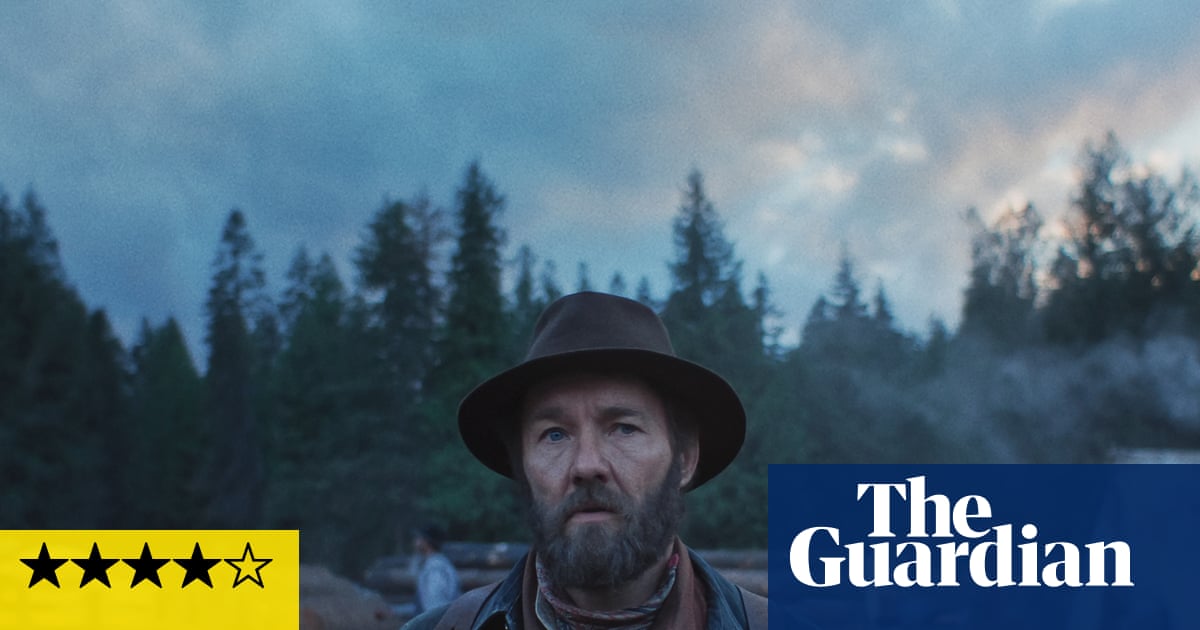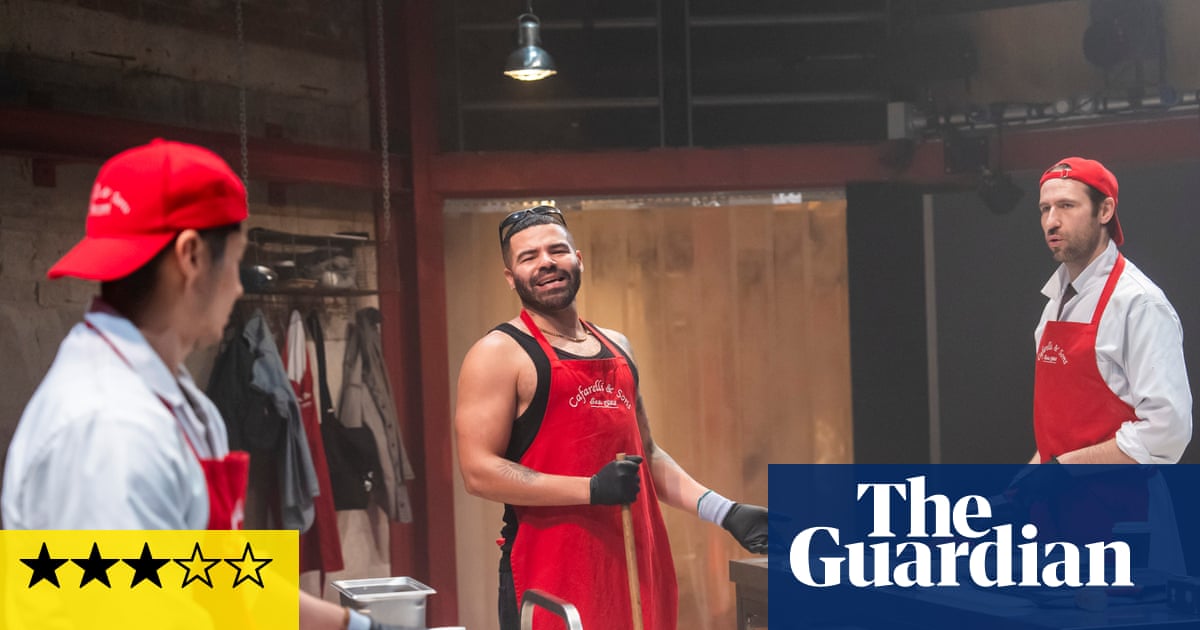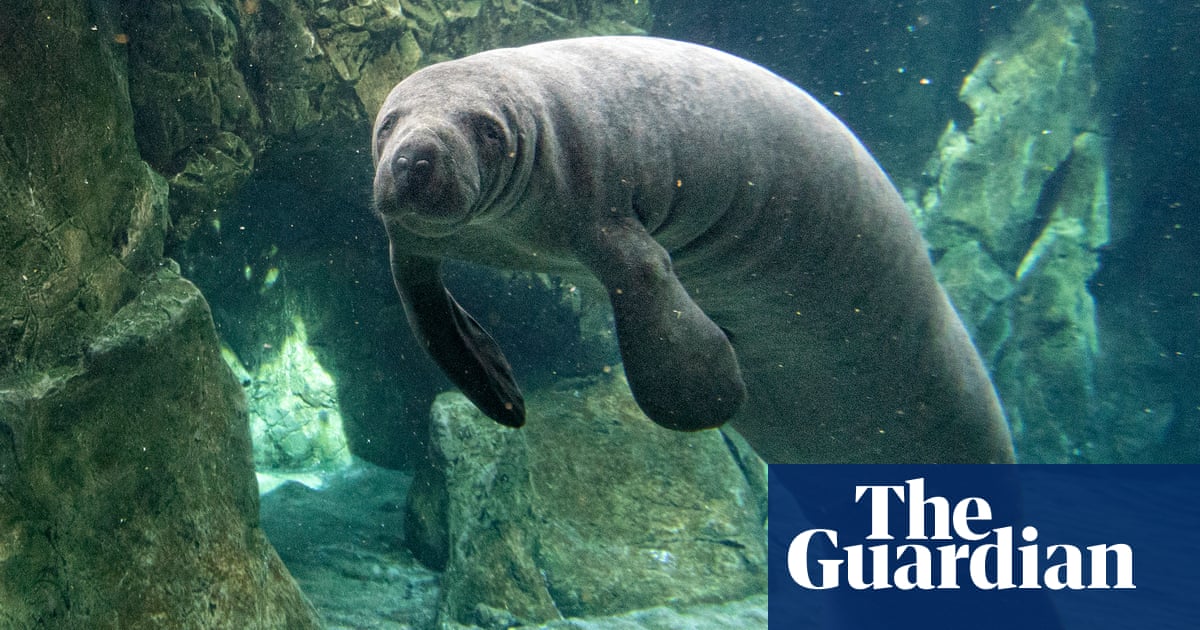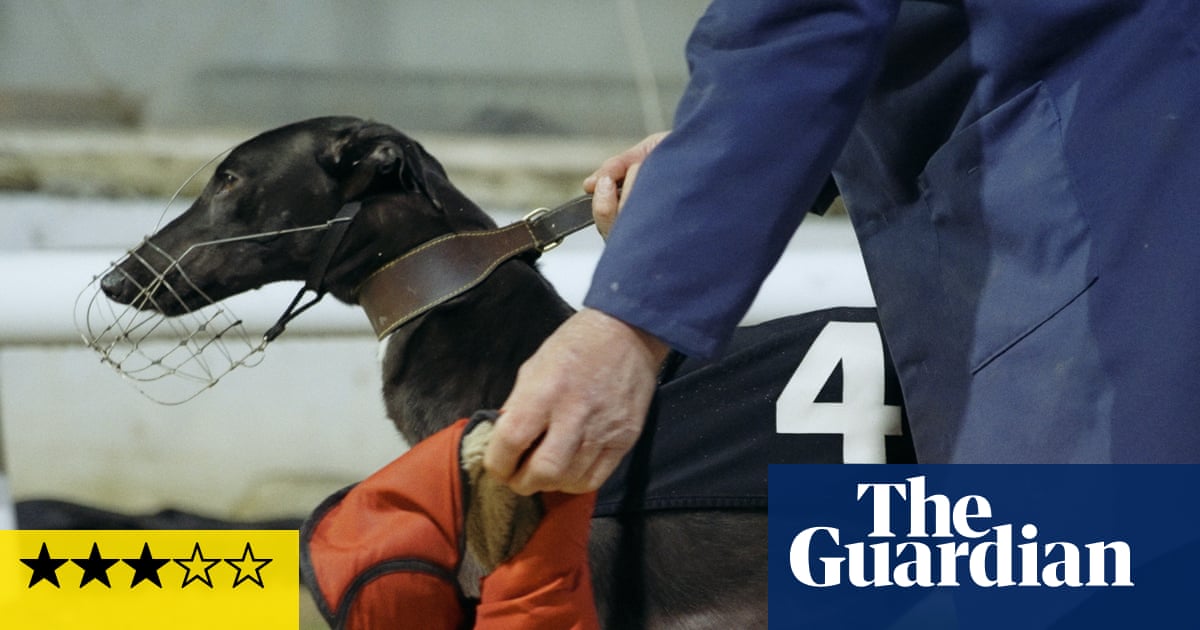On the lamp-lit steps of a sombre gothic church, a young woman stands before a microphone. Beside her, a man plucks a slow melody from his guitar. Arrayed on chairs and cobblestones in front of them, a large crowd sits in an expectant silence. From a nearby balcony, laundry sways in the sultry Calabrian breeze.
The guitar quickens, and the woman issues a string of tremulous notes with all the solemnity of a muezzin. She clutches a hand drum, beating out a rhythm that draws the crowd to its feet. As people surge forward, stamping and whirling around the square, the singing intensifies and the drum’s relentless thud deepens. The festival of Sustarìa has begun.
“Sustarìa is a word in the dialect of Lago,” says Cristina Muto, who co-founded the festival in summer 2020. “It is a creative restlessness, which doesn’t let you sit still.” We’re speaking at a drinks party the evening before the annual event, on a terrace overlooking Lago’s clay-tiled roofs, when her brother Daniele appears with a jug of local wine in hand. “Welcome to Lagos Angeles, Calabrifornia,” he winks, pouring me a cup.
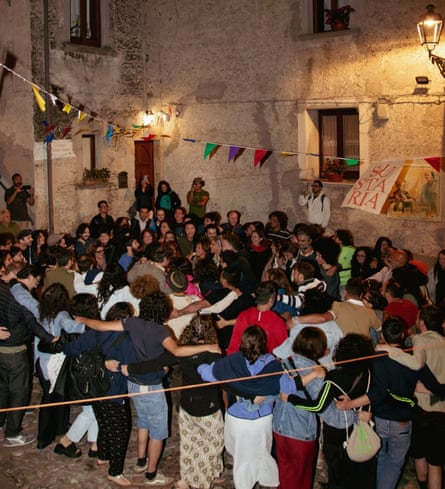
Lago is a hilltop village in the province of Cosenza, overlooking the Mediterranean. It’s surrounded by sprawling olive groves and small plots where families cultivate figs, chestnuts and local grains. Cristina and Daniele were born and raised in this grey-stoned hamlet, a medieval outpost of the Kingdom of the Lombards. Although their pride in Lago is palpable, few of the Laghitani I meet live here all year round. Like many young people from southern Italy, they have left in search of opportunities that are scarce in Calabria.
It’s against this backdrop that Cristina co-founded Sustarìa. “The trend is longstanding and severe,” she tells me, “but people still live here, and there are communities that thrive despite the problems. If more people stay or return, things will get better.” By spotlighting the allure of the region’s heritage, she hopes to play a part in this.
With agriculture historically shaping Calabria’s economy and its inhabitants’ daily lives, many traditions have agrarian roots. The dance that erupted on the festival’s first night was the tarantella. It features distinctive footwork, with dancers kicking their heels rapidly. “It’s a dance of the field workers,” Cristina says. “Some say it began as a way to sweat out venom from spider bites during harvests; others say tired workers in need of a creative outlet danced slowly and just with their feet, and over time the pace and range of movement increased.”
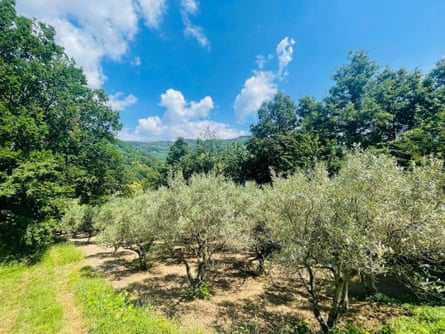
The vocals on display that night told of another aspect of the region’s history: its frequent colonisation. Calabria was variously conquered by Greeks, Romans, Byzantines, Normans, Arabs, Lombards and Bourbons. The folk songs we heard were replete with Greek scales and Arabic cadences, a melting pot of Mediterranean timbres.
After the concert, the crowd migrated to a field by a small waterfall on the outskirts of Lago for dinner featuring regional dishes: rosamarina (the pescatarian version of nduja, known as “Calabrian caviar” made from tiny fish); fried courgette flowers; cipolla rossa di Tropea (red onions from the popular beachtown of Tropea); and pecorino crotonese, a sheep’s cheese from the Crotone province.
Over dinner I spoke with two other festival organisers, Claudia and her husband Alberto. Claudia, a Lago native, returned permanently, after a career in aerospace engineering, to run the B&B Agriturismo Cupiglione with Alberto. Nestled in woodland a few kilometres from Lago, Cupiglione was founded 25 years ago by Claudia’s parents as a restaurant with guest rooms. After closing during the pandemic, it was renovated and reopened in 2023 as a B&B with seven rooms for up to 18 guests (doubles from €40). The change in direction paid off, and Cupiglione has since welcomed hundreds of visitors to the area, evenly split between Italian and international travellers.
During my stay, I’m lodging in a house on the edge of Lago, thanks to the Sustarìa team. Hospitality runs deep during the festival; organisers open up their homes and those of their relatives to anyone who enquires through social media. Other options abound during the festival and year-round, including B&Bs such as Cupiglione and A Casa di Ely (doubles from €60), a short walk from where I stayed.

The following afternoon, I return to the field before aperitivi, where I meet up with Cristina, who explains the growth of her initiative: “Initially, it was just locals who came to Sustarìa, but then people from other parts of Italy and even other countries started coming. Every year it grows.” This year, there are nearly 600 people in attendance.
Eric, a Londoner studying in Zurich, is one such international guest. Eric also attended Felici & Conflenti, a festival in late July hosted by friends of the Sustarìa team, which focuses on preserving and reviving the region’s ancient music. It has held 11 editions over as many years, each one featuring a winter and summer instalment, to which more people flock each year. It takes place in Conflenti, a small inland village nestled at the foot of the Reventino mountain, at the confluence of two small rivers (hence its name).
after newsletter promotion
“Thanks to their work and research, instruments that were becoming extinct, like the zampogna [Italian bagpipe], are finding new life,” Cristina says.
The three of us sit chatting over plates of crisp taralli (wheat crackers) as twilight fades, and a reedy piping starts up from across the field. I stroll over, and catch sight of someone playing the zampogna, which looks like a set of bagpipes improvised from foraged materials, and is truly ancient – it counts the Roman emperor Nero among its historical admirers.
The next morning, we head to the hilltop town of Fiumefreddo Bruzio, a short drive from Lago and officially recognised as one of “Italy’s most beautiful villages”. Clinging to the western slopes of the Apennines, this medieval village offers panoramic views of the swelling coastline, which traces the Tyrrhenian Sea. Its narrow, meandering streets are lined with squat houses made of the local grey stone, quarried from the surrounding mountains. We wander around Il castello della Valle, a sprawling 13th-century Norman castle partly destroyed by Napoleonic troops, but retaining a splendid portale Rinascimentale – or Renaissance gate – still in excellent condition.
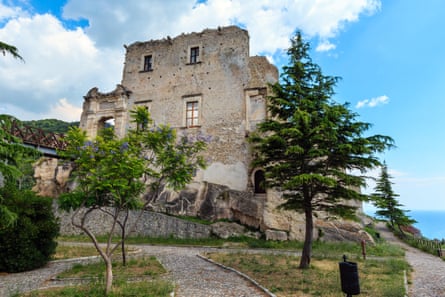
At Palazzo Rossi, on the edge of town, we take a seat at a cafe and sip local craft beer as we admire the view of the active volcano Mount Stromboli, across the water.
“You should see it in the winter,” Cristina says. “The air is cooler, so it becomes even clearer. Everything here is completely different in the winter, but most people don’t see it as visitors come mainly in the summer,” she adds with a note of regret.
The sun starts to sink into the horizon. In the square, a band starts setting up for an evening gig. A waiter brings over a plate of bread and olives to our table, on the house. “Things are quieter but not empty. There are almost as many events as in summer. And you get to see how the locals live during the rest of the year.” Cristina tears off a piece of bread. “And, of course, the hospitality never changes – people are always welcomed with open arms.”
Sustarìa will return to Lago for its sixth instalment on 1-3 August 2026. There is a winter edition of Felici & Conflenti in Calabria on 27-29 December 2025; its next summer instalment is in July 2026

 3 hours ago
4
3 hours ago
4



